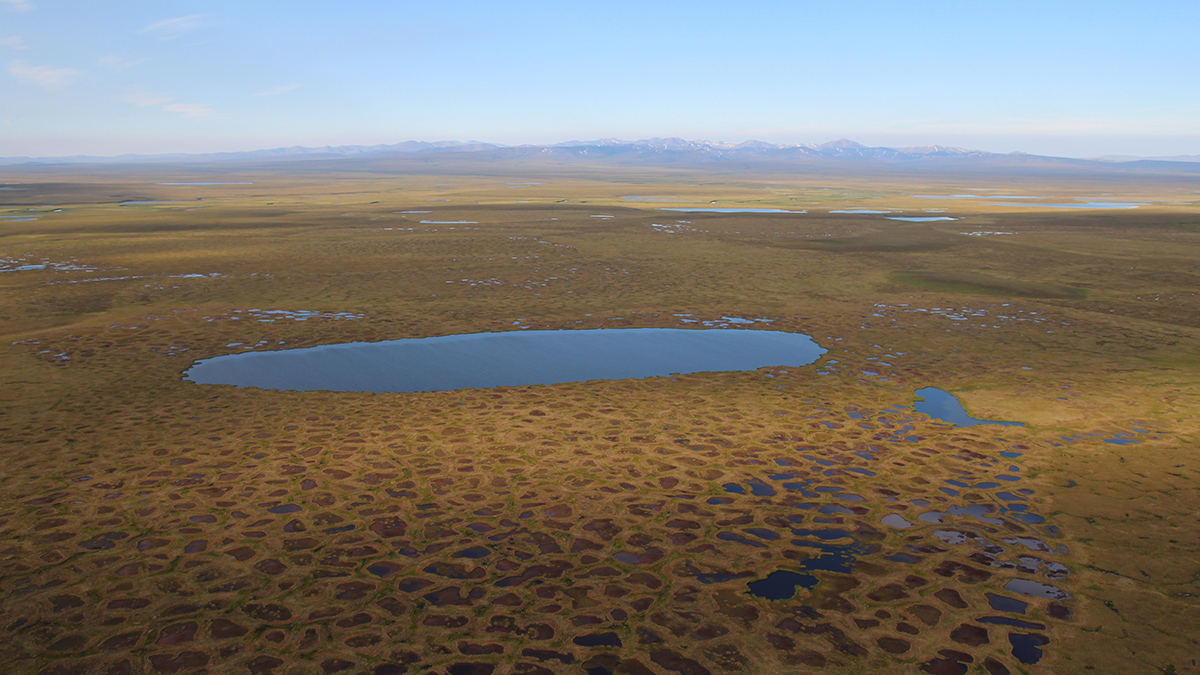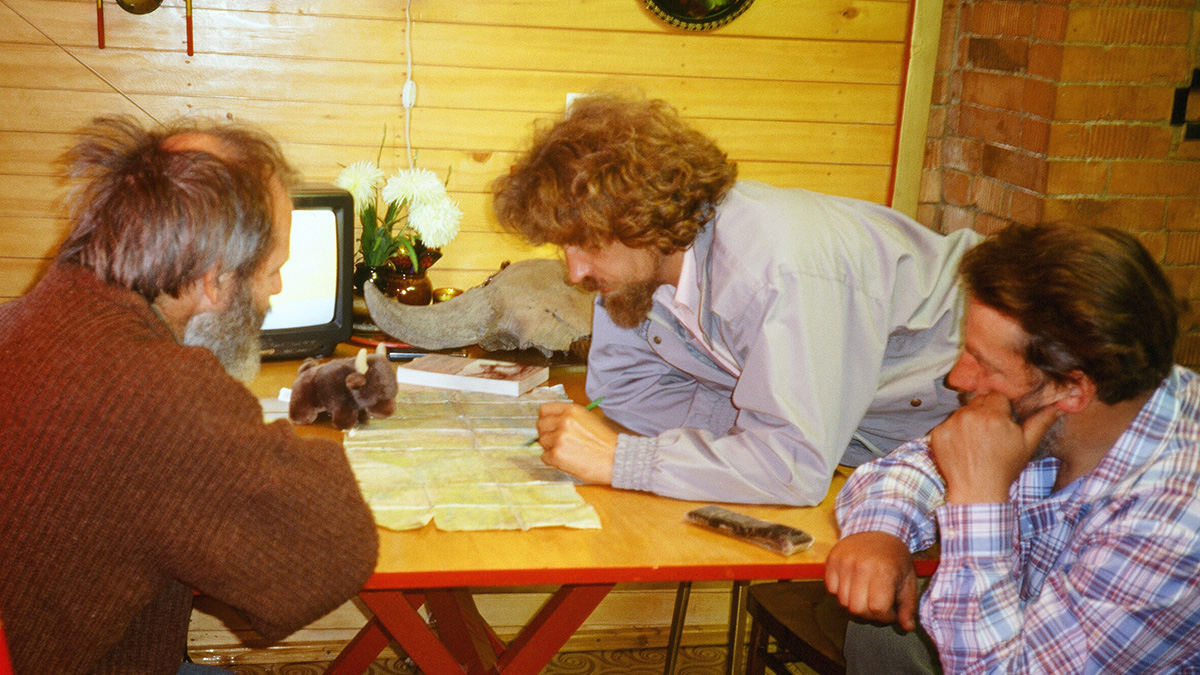The Landslide Blog is written by Dave Petley, who is widely recognized as a world leader in the study and management of landslides. One of the most landslide-prone locations on the planet is the catchment known as the Sedongpu gully, which is located on the Tibetan Plateau. Located at [29.8009, 94.92014], this is an area […]
permafrost
Seismologie: Ein vielversprechender Weg zur Überwachung von Permafrost
Passive seismische Daten von einer Messstation auf der Zugspitze zeichneten im Lauf der letzten 15 Jahre den Schwund von Permafrost auf. Somit eignet sich dieses Verfahren vermutlich auch für die langfristige Überwachung der Umwelt.
On the low frequency of rock avalanches in NE Baffin Island
The Landslide Blog is written by Dave Petley, who is widely recognized as a world leader in the study and management of landslides. Rock avalanches are an important hazard in areas with fjord topography, potentially impacting humans directly but also having the capability to generate large tsunamis that can cause damage over quite large distances. […]
Rain Comes to the Arctic, With a Cascade of Troubling Changes
Rain used to be rare in the Arctic, but as the region warms, so-called rain-on-snow events are becoming more common. The rains accelerate ice loss, trigger flooding, landslides, and avalanches, and create problems for wildlife and the Indigenous people who depend on them.
A Better Way to Predict Arctic Riverbank Erosion
Permafrost thaw might cause Arctic riverbanks to erode more quickly. But a new study shows why these erosion rates aren’t as dramatic as some scientists feared.
Northern Permafrost Region Emits More Greenhouse Gases Than It Captures
Permafrost underlies a quarter of the Northern Hemisphere. A comprehensive analysis shows that the area may have shifted from a sink to a source of greenhouse gases, bringing a longtime prediction to fruition.
Salty Soil May Release Methane on Mars
Through roving and drilling, Mars Curiosity Rover may be breaking up the ground’s salty, hardened soils that seal methane, possibly causing a temporal, local methane spike.
Climate Change Is Weakening River Seasonality in the North
Seasonal flow variability is decreasing as climate change alters Earth’s systems, creating challenges for water management.
Source or Sink? A Review of Permafrost’s Role in the Carbon Cycle
Understanding the role of permanently frozen soil, which covers a large portion of land in the Northern Hemisphere, is crucial to reaching global climate targets.
Как необычная дружба разрушила мифы о вечной мерзлоте
“Прекрасные долгие споры” между американским ученым и российским исследователем помогли прояснить несколько фундаментальных предположений о таянии вечной мерзлоты.










